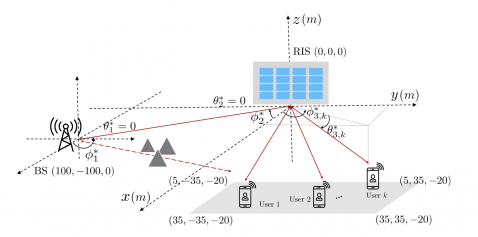Role of Deep Learning in Wireless Communications

Traditional communication system design has always been based on the paradigm of first establishing a mathematical model of the communication channel, then designing and optimizing the system according to the model. The advent of modern machine learning techniques, specifically deep neural networks, has opened up opportunities for data-driven system design and optimization. This article draws examples from the optimization of reconfigurable intelligent surface, distributed channel estimation and feedback for multiuser beamforming, and active sensing for millimeter wave initial alignment to illustrate that a data-driven design that bypasses explicit channel modeling can often discover excellent solutions to communication system design and optimization problems that are otherwise computationally difficult to solve. We show that by performing an end-to-end training of a deep neural network using a large number of channel samples, a machine learning-based approach can potentially provide significantly system-level improvements as compared to the traditional model-based approach for solving optimization problems. The key to the successful applications of machine learning techniques are in choosing the appropriate neural network architecture to match the underlying problem structure.










